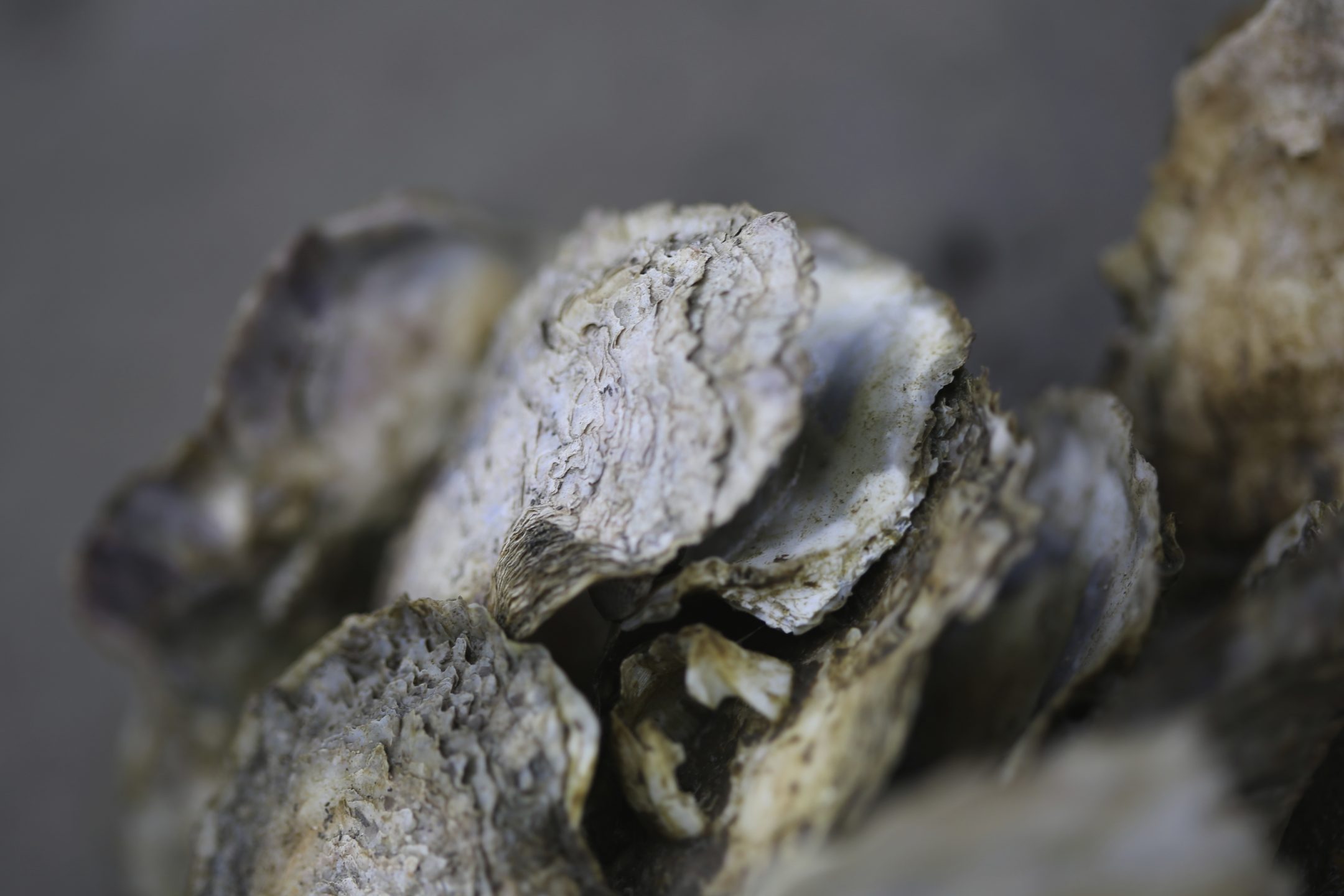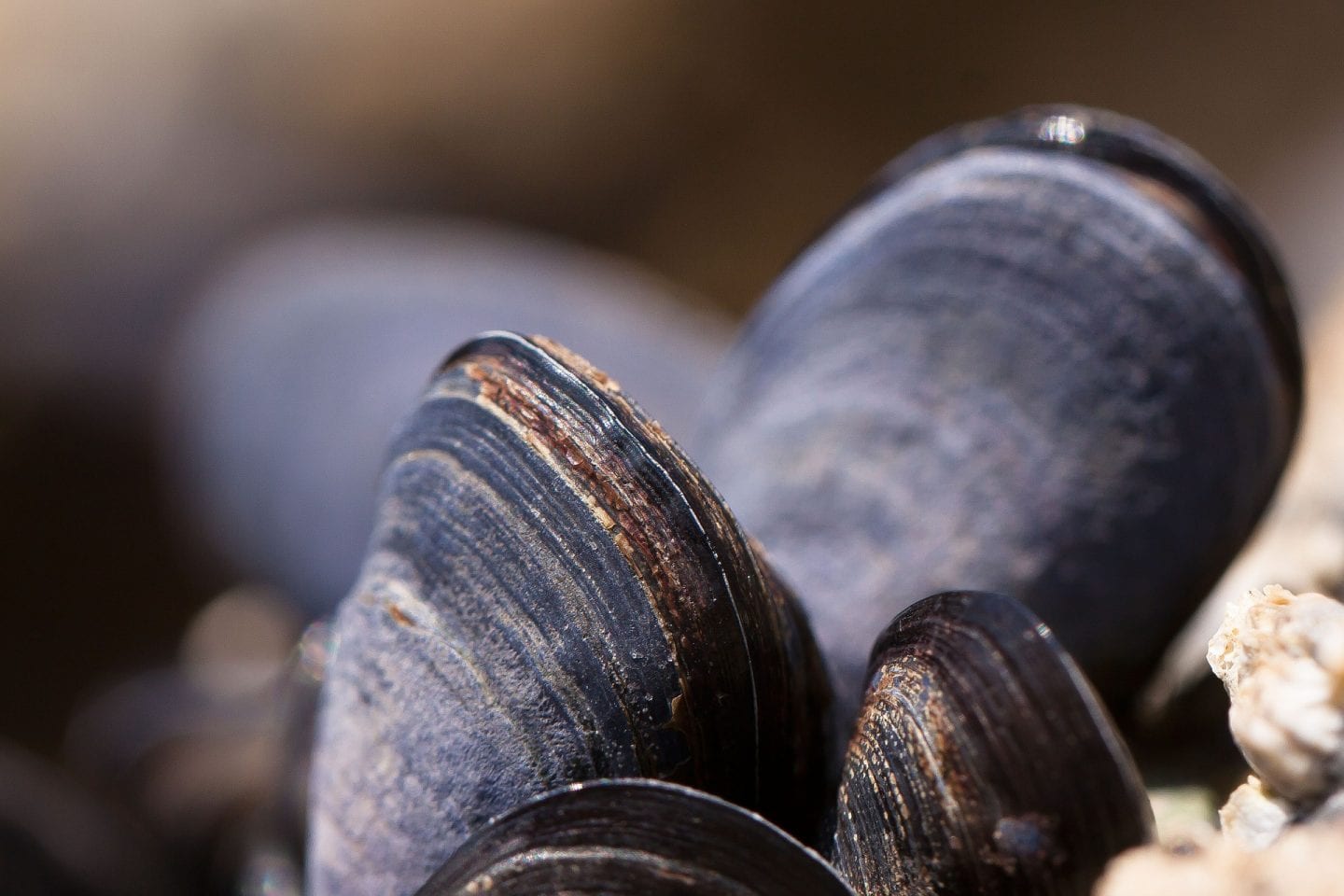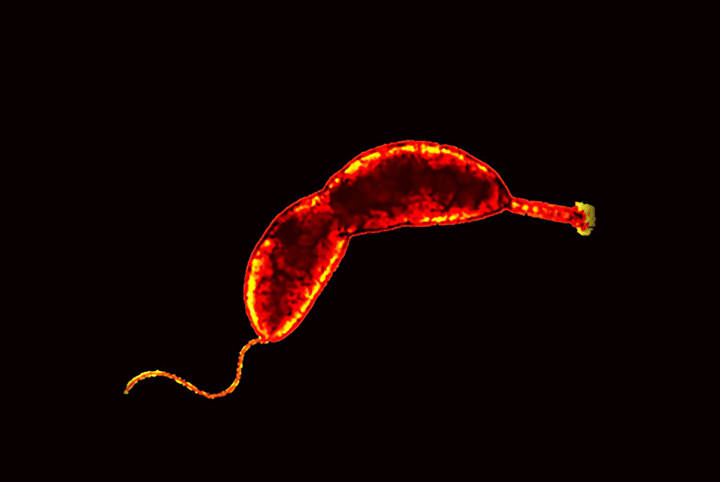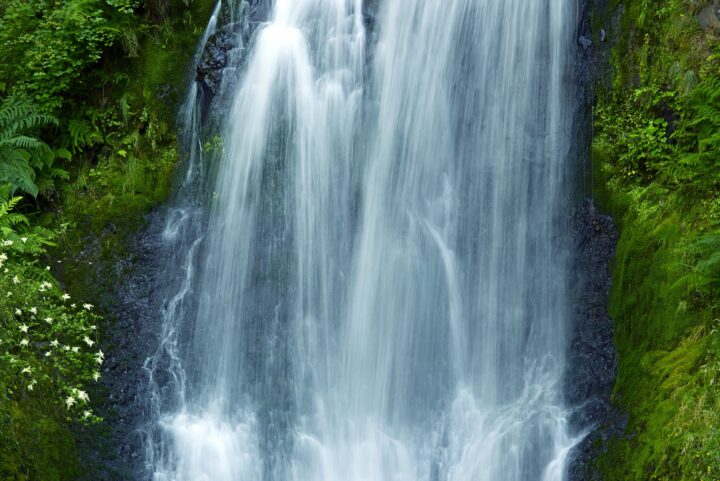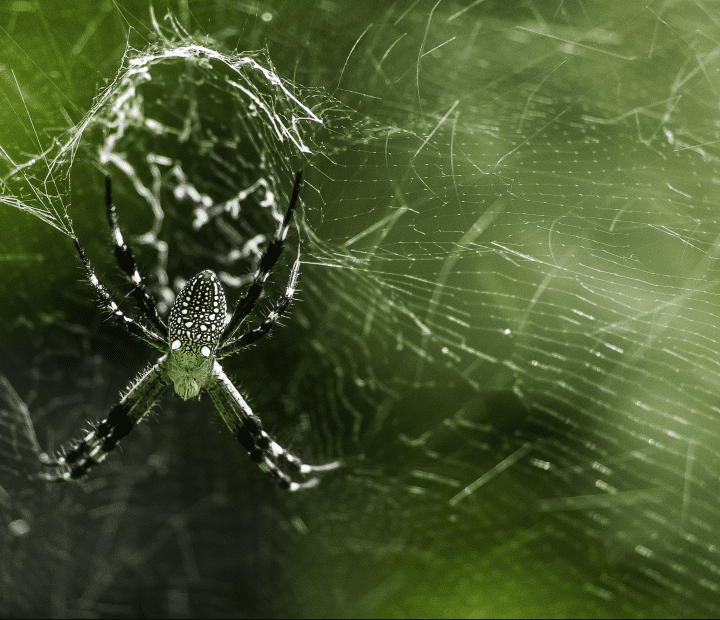Oysters build strong but flexible reefs using minerals in a sticky protein web.
Introduction
Oysters are a delicacy to some and a staple food to others, but they are also vital to coastal ecosystems. Oysters grab on to one another, stacking themselves like stalagmites that grow from the ocean floor. Over time, oyster clumps form extensive reefs that resemble underwater cities. They provide habitat to many aquatic species, filter water and improve its quality, and dampen waves caused by storms and ship traffic, protecting coastlines from erosion.
Dr. Jonathan Wilker, chemistry professor at Purdue University, studies how oysters and other marine animals create their underwater bonds. Although many marine animals produce a “glue,” Wilker says that oyster cement is unique because—in addition to a small amount of mostly-protein organic matter—it contains a high quantity of inorganic calcium carbonate.
Although many marine animals produce a protein “glue,” Wilker says that oyster cement is unique because—in addition to a small amount of mostly-protein organic matter—it contains a high quantity of inorganic calcium carbonate.
The Strategy
Calcium carbonate, otherwise known as limestone, is not at all adhesive. So how does oyster cement work? Similar to how skyscrapers must be both rigid and flexible to allow slight swaying in the wind (without toppling), oysters combine hard calcium carbonate with softer, stickier proteins, enabling them to withstand strong tidal forces while holding their colonies together.
In 2010, Wilker’s research found evidence that the protein molecules “cross-link,” meaning they form a kind of mesh or spider web that binds all the ingredients together and gives the cement its stickiness. Imagine a brick wall, where the mortar (acting like the organics) glues the bricks to one another as well as to other surfaces, while the bricks (behaving like calcium carbonate) add strength and rigidity.
While an actual brick wall follows a regular pattern, the structure of oyster cement is far from uniform. And Wilker’s ongoing research continues to reveal complexities. For example, unlike oyster shells themselves, oyster cement uses two kinds of calcium carbonate, chemically equivalent but made from crystals having different shapes and orientations. Other results indicate that the adhesive may incorporate material from its aquatic environment and may even involve with bacteria that add sugars to the organic portion.
The Potential
One of Wilker’s goals of this work is to simply understand how nature makes materials. “That, in itself, is pretty exciting,” he said. But he points out that this research has a range of potential medical applications, including for bone repair and dental cements, which involve adhering inorganic materials in wet environments. In addition, this work is leading to greener concrete products that can be used to build marine-friendly human structures along shorelines—and help recover some of the 85% of oyster reefs that have disappeared globally over the past century due to human activity.
The Amazing Oyster Reef: Find out how this amazing adhesive helps oyster reefs protect shores from storm erosion.

